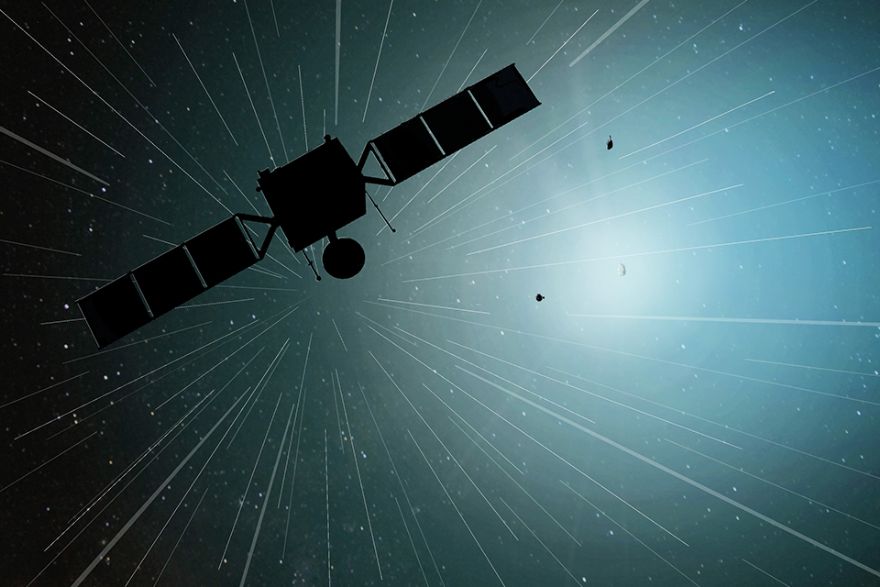
A new
European Space Agency (ESA) science mission, proposed by the UK to 3-D map a comet for the first time, reached a major milestone when the ‘Comet Interceptor’ mission was formally adopted at a meeting in Madrid last month.
This saw the project move from the design phase to implementation, with the next step being to select a contractor to build the spacecraft and a robotic probe, with a second robotic probe to be built by the
Japanese Space Agency (JAXA). The three will travel to an as-yet unidentified comet and map it in three dimensions.
Caroline Harper, the
UK Space Agency’s head of Space Science, said: “This is a huge milestone for the Comet Interceptor mission. After an intensive period working on the mission design feasibility and definition, we are ready to move forward to the full implementation stage. Comet Interceptor will not only further our understanding of the evolution of comets but help unlock the mysteries of the Universe.”
The mission was first proposed by an international team led by
University College London’s Mullard Space Science Laboratory (MSSL) in Surrey and the
University of Edinburgh. Geraint Jones, a professor from the UCL Mullard Space Science Laboratory, said: “We should get our first glimpse of a truly pristine body with this mission — an invaluable example of the objects that came together to form the Earth and other planets. The comet’s surface will be largely unchanged since the time of the Solar System’s formation several billion years ago, and I can’t wait to see that uncharted territory sometime in the 2030s.
“It is fantastic to get the green light for the mission after almost four years of hard work since the European Space Agency’s invitation to propose came out. The international team of scientists and engineers, working with colleagues at ESA, kept mission development on track despite the many complications raised by Covid-19.”
Interstellar objectsColin Snodgrass, a professor from the University of Edinburgh, said: “It is very exciting to be part of a mission that follows a completely new approach: designing and building the spacecraft before the target is even discovered. This opens opportunities to visit space objects that were completely inaccessible before, such as comets entering the inner solar system for the very first time, or possibly even interstellar objects that formed around a distant star.”
The UK Space Agency has so far provided £2.3 million in funding for two instruments on the mission: The ‘Modular InfraRed Molecules and Ices Sensor’ (MIRMIS) instrument is led by the
University of Oxford and will deliver a ‘unique dataset’ regarding information such as the comet’s shape, size and rotation state. Meanwhile, the Fluxgate Magnetometer (FGM) sensor led by Imperial College London will provide ‘high-accuracy and high-time resolution measurements’ of the comet’s magnetic field and direction.
Comet Interceptor would be the first mission to travel to a comet that has never previously encountered the inner solar system. To do this, the spacecraft will need to launch and reach a holding position around one million miles from Earth, where it will ‘lie in wait’ — possibly for years — until astronomers spot a suitable comet for it to intercept. The two probes will make close passes of the comet’s nucleus and beam their data back to the main craft.